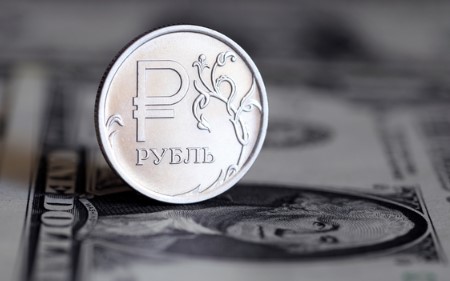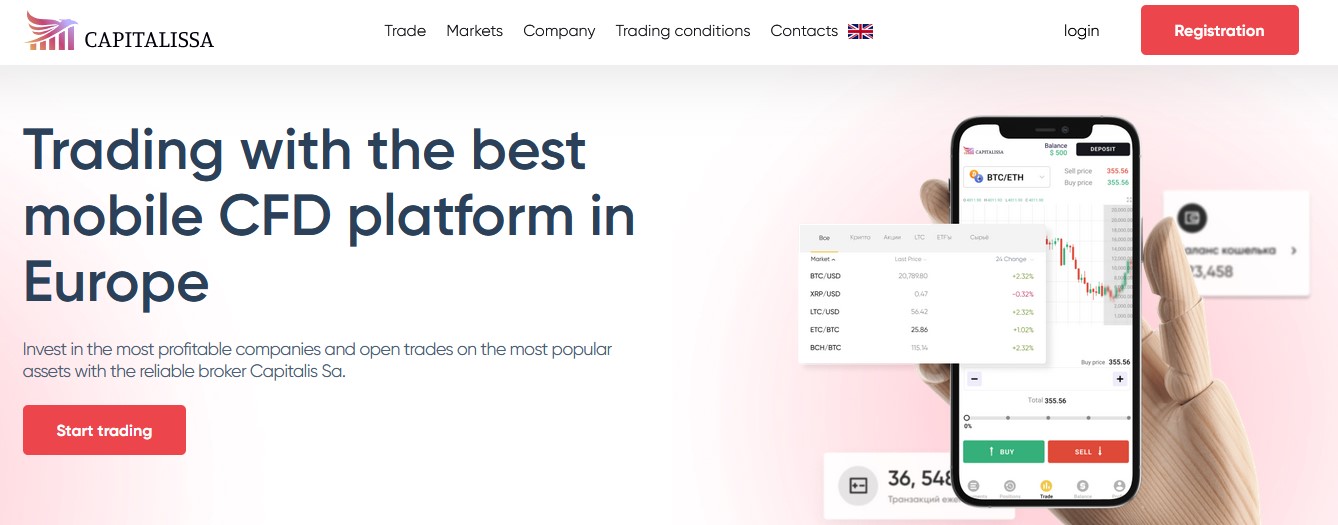A strong ruble? Why didn't the sanctions scratch it
 Julius Conley
06 / July / 22
Visitors: 743
Julius Conley
06 / July / 22
Visitors: 743
The question does not find a unanimous answer, and looking at the reaction of the ruble against the euro and the dollar, it seems that the sanctions had only a short-term psychological effect.
On Monday, April 18, the chairman of the Central Bank of Russia, Elvira Nabiullina, said before the Duma that sanctions will take effect because reserves are not infinite.
Within hours after this statement was renewed by Western international media to justify the sanctions as effective, Putin tried to correct this, saying that instead the return of the ruble to previous levels on February 24 is proof of the strength of the ruble and the stability of the Russian economy.
The truth is that the ruble has come back strong because, as Teleborsa's editorial pointed out, the ruble has turned into a commodity currency.
The ruble is a commodity currency
What does it mean that the ruble is a commodity currency? This means a currency tied to the real economy and especially to commodities such as gas and oil.
As you know, in fact, Russia has introduced the payment of natural gas and barrels of oil in rubles to hostile countries, that is, the European Union.
At the moment, only Armenia (which is not a hostile country) has agreed to pay in rubles for Russian gas and oil, but if Europe bends the ruble, it can strengthen even more and actually link these two raw materials.
In fact, what is no longer the dollar and has never been other world coins will return to the ruble: the currency associated with commodities.
The reasons that brought the ruble back to the pre-war level
However, here are the reasons that guarantee that the ruble will maintain its value levels before the outbreak of war in Ukraine:
- natural gas and oil exports to Europe and Asian countries continue;
- the state institutions of Gazprombank and Sberbank are still cashing out euros and dollars in exchange for raw materials (writes Economics Courier);
The Kremlin has imposed strict control over those who want to exchange rubles for euros or dollars.
The fact that the ruble remains strong guarantees exactly the Europe that imposed tough sanctions, effectively canceling them.
Also because the Central Bank of Russia intervened by raising the interest rate from 9% to 20% to strengthen its currency.
And an important factor is that euros and dollars that come from Europe for gas and oil purchases (at the rate of 800 million euros per day!) are converted into rubles.
Russia would have bought rubles worth at least 20 billion euros in March alone.
The New Monetary Order
What can happen in the new scenario? A new monetary order may arise when the dollar no longer represents the official trading currency.
Putin recently announced that he had ordered the acceleration of plans to connect Russian pipelines with Chinese and Asian ones, as well as redesign new Asian routes for Russian oil.
The ruble can establish itself in some cases as a commodity currency, in other cases the exchange can also take place using coins from other states, such as the Indian rupee or the Chinese renmimbi.
We have compiled a list of brokers, that we recommend avoiding.







